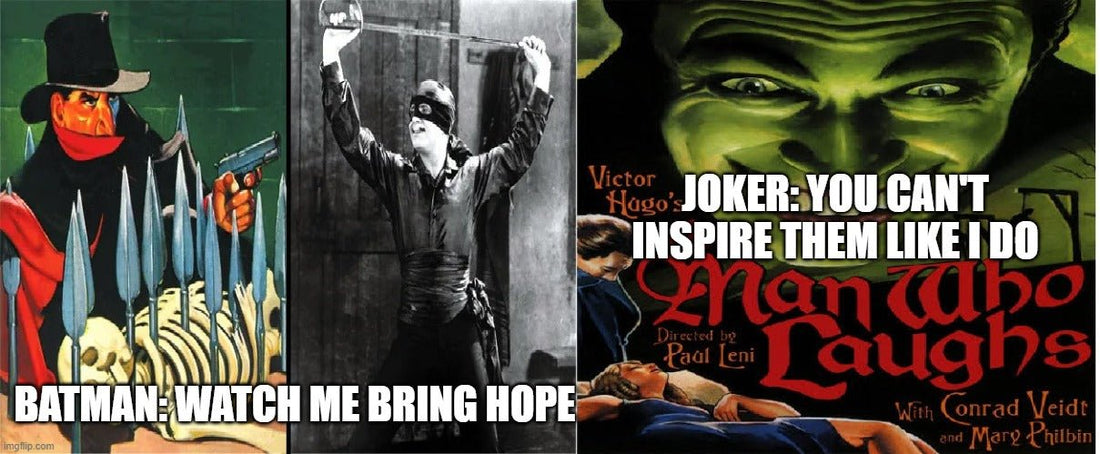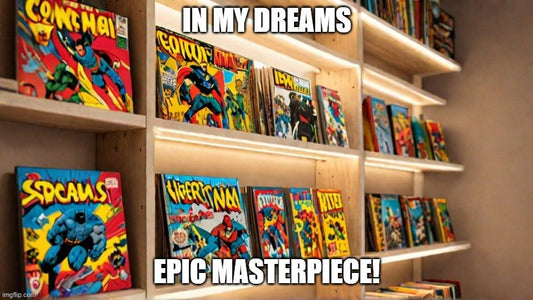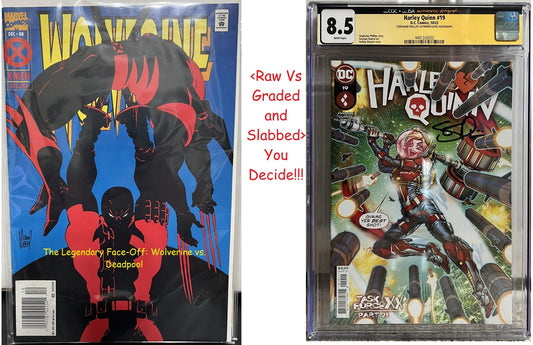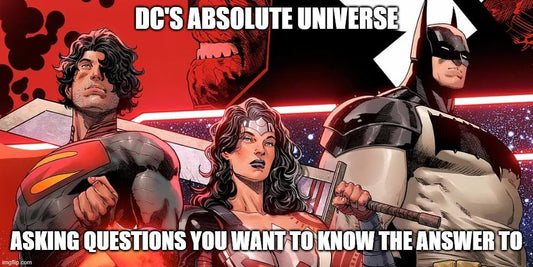
Unmasking the Legends: The Untold Origins of Batman and Joker from 1920s Cinema Classics
Share
The Fascinating Beginnings of Batman and Joker in 1920s Cinema
🎬 Dust off your capes and clown wigs, folks! Before there were flashy Batmobiles and maniacal laughter echoing from Gotham, our beloved superhero and his arch-nemesis took their first steps in the cinematic universe way back in the 1920s. That's right! The origins of Batman and Joker might surprise you, as they trace back to the golden era of cinema! Let's dive into this thrilling backstory — your very own Bat-signal to the past. 🦇🤡
A Trip Down Memory Lane: Batman's Cinematic Genesis
While the thought of Batman might immediately conjure images of Gotham's night sky, his cinematic birthplace didn’t involve skyscrapers or Gotham’s gloomy alleys. The 1920s pulsated with creativity as films transcended their silent origins. Batman as a character emerged with inspiration from visual masterpieces and vigilante stories of this era.
The Silent Era's Influence
- Visual Effects: The striking visuals of German Expressionist films played a significant role in shaping Batman’s iconic look. Movies like "The Cabinet of Dr. Caligari" offered the shadowy tones and larger-than-life expressions we associate with Gotham's caped crusader.
- Mysterious Avenger Archetype: Classics like "The Shadow" and "Zorro" set the stage for mysterious vigilantes. Through nuanced storytelling and shadowy settings, these films laid the groundwork for Batman's narrative as a stealthy crime fighter.
Enter the Joker: A Cinematic Villain with Haunting Grace
The Joker, Batman's maddening counterpart, didn't just walk out of the pages of comic books; he pirouetted from the shadows of 1920s cinema as well. This decade gave rise to complex, twisted personas that melded menace with mirth. 🎭😨
Inspirations from the Silver Screen
- The "Man Who Laughs": Conrad Veidt’s haunting portrayal in "The Man Who Laughs" was chilling and charismatic — a character whose unsettling grin and tormented soul mirrored what would become the Joker’s signature traits.
- Expressionist Villainy: The exaggerated expressions and atmospheric contrasts of the 1920s filmography influenced the Joker’s eerie demeanor, highlighting the chaos intertwined with his comedy.
Bridging 1920s Cinema to the Comics & Beyond
The transition from silver screen inspirations to graphic novels was a seamless one, thanks to the imaginative impetus of the 1920s. These films provided a rich palette of emotion, suspense, and vibrant visuals that creators drew upon, transforming visions into vivid comic book panels.
Cinematic Evolution
- Character Depth: Batman and Joker became two sides of the same coin, deeply enriched by early film narratives, symbolizing the eternal struggle of good versus evil.
- Cultural Impact: Just like a compelling plot twist, the influence of the 1920s continues to ricochet through each evolution of Batman and the Joker — from comics to the exhilarating superhero films of our time.
Why You Should Celebrate These Cinematic Roots
Embracing the storied past of Batman and the Joker adds layers to our appreciation of their characters. Much like finding a rare comic book gem, knowing their 1920s origin story offers a fresh perspective on our modern-day heroes and villains.
So, channel your inner detective (or villain's grin), and explore the fascinating journey of these legendary figures. You've got a trusty sidekick by your side with Dark Arts Comics! 🦸♂️🤹♂️
As we continue to celebrate these iconic characters, consider adding timeless comic and collectible treasures to your collection. Ready to be the hero of your own story? Discover all the magic at Dark Arts Comics! What's your most prized comic or collectible that connects you to their rich history? 💡✨



